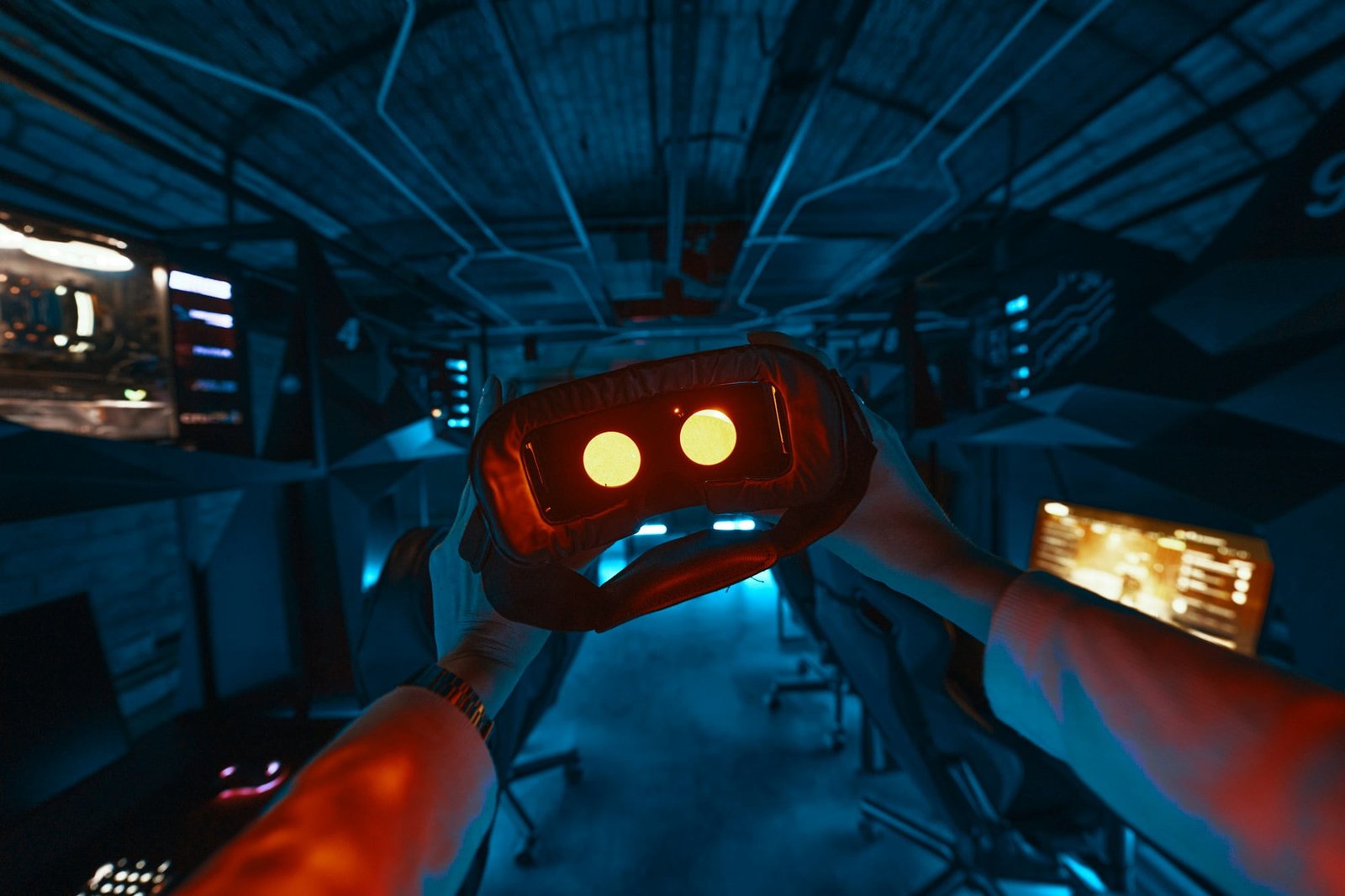A Glimpse into the Future: Virtual Reality Showrooms Revolutionize Car Buying in 2033
Future AI AutomotiveTable of Contents
In 2033, the automotive industry undergoes a transformative shift with the advent of Virtual Reality (VR) showrooms. These innovative digital platforms completely redefine the car buying experience, offering consumers a dynamic and immersive way to explore, customize, and purchase vehicles from the comfort of their homes.
Breaking Boundaries: The Emergence of Virtual Reality Showrooms
Virtual Reality Showrooms leverage cutting-edge VR technology to create realistic and interactive digital environments where consumers can experience the latest models from various automakers without setting foot in a physical dealership. From exploring vehicle interiors to test-driving different configurations, VR showrooms provide a seamless and engaging car shopping experience like never before.
Exploring the Benefits of Virtual Reality Showrooms
Convenience: Virtual Reality Showrooms eliminate the need for traditional dealership visits, allowing consumers to explore and compare vehicles at their convenience, anytime and anywhere with an internet connection.
Personalization: VR technology enables personalized experiences, allowing consumers to customize vehicle features, colors, and options in real-time, empowering them to tailor their purchases to their preferences and needs.
Enhanced Engagement: With immersive 3D visuals and interactive elements, VR showrooms captivate consumers’ attention and encourage deeper engagement with vehicle features, specifications, and pricing information, facilitating informed decision-making.
Transforming the Car Buying Journey
The introduction of Virtual Reality Showrooms represents a paradigm shift in the car buying journey, offering a glimpse into the future of automotive retail. By bridging the gap between physical and digital experiences, VR showrooms empower consumers with unprecedented access to information, transparency, and control, revolutionizing the way vehicles are discovered, evaluated, and purchased.
In conclusion, the introduction of Virtual Reality Showrooms in 2033 marks a pivotal moment in the evolution of automotive retail. As consumers embrace digital experiences and demand greater convenience and personalization, VR showrooms emerge as a game-changing innovation that redefines the car buying experience, setting new standards for convenience, engagement, and customer satisfaction.
FAQs:
How do Virtual Reality Showrooms work?
Virtual Reality Showrooms utilize VR technology to create immersive digital environments where consumers can explore vehicles, customize features, and simulate test drives using VR headsets or compatible devices.
Are Virtual Reality Showrooms accessible to everyone?
Yes, Virtual Reality Showrooms are designed to be accessible to consumers with compatible VR headsets or devices, as well as those without VR equipment through web-based platforms and applications.
Can consumers test drive vehicles in Virtual Reality Showrooms?
While Virtual Reality Showrooms offer simulated test drive experiences, they may not replicate the full sensory experience of driving a vehicle in real life. However, VR technology allows consumers to virtually explore different driving scenarios and evaluate vehicle performance.
Are Virtual Reality Showrooms secure for online transactions?
Virtual Reality Showrooms prioritize security and data privacy, implementing robust encryption protocols and authentication measures to ensure safe and secure online transactions for vehicle purchases and financial transactions.
What are the benefits of Virtual Reality Showrooms for automotive dealerships?
Virtual Reality Showrooms offer automotive dealerships cost-effective solutions for showcasing inventory, reaching a wider audience, reducing physical space requirements, and enhancing customer engagement and satisfaction.
